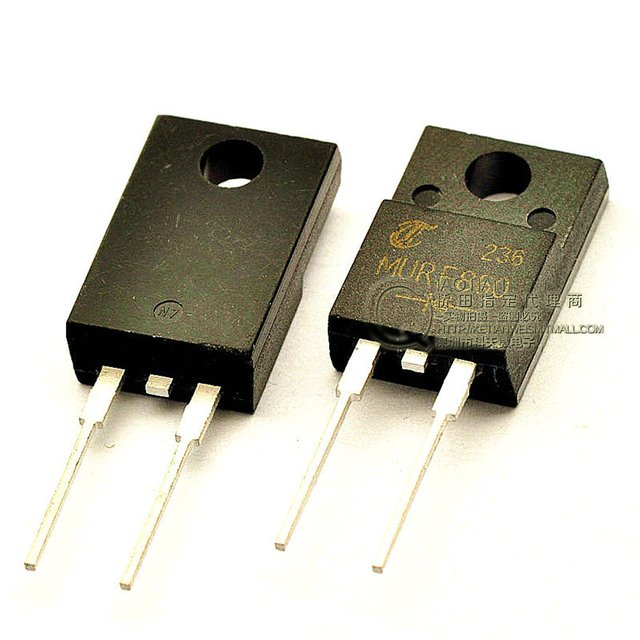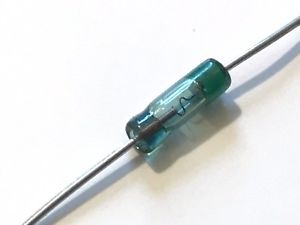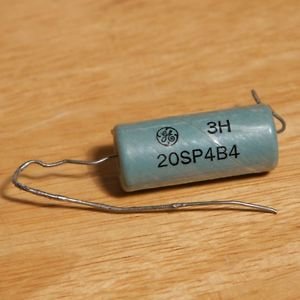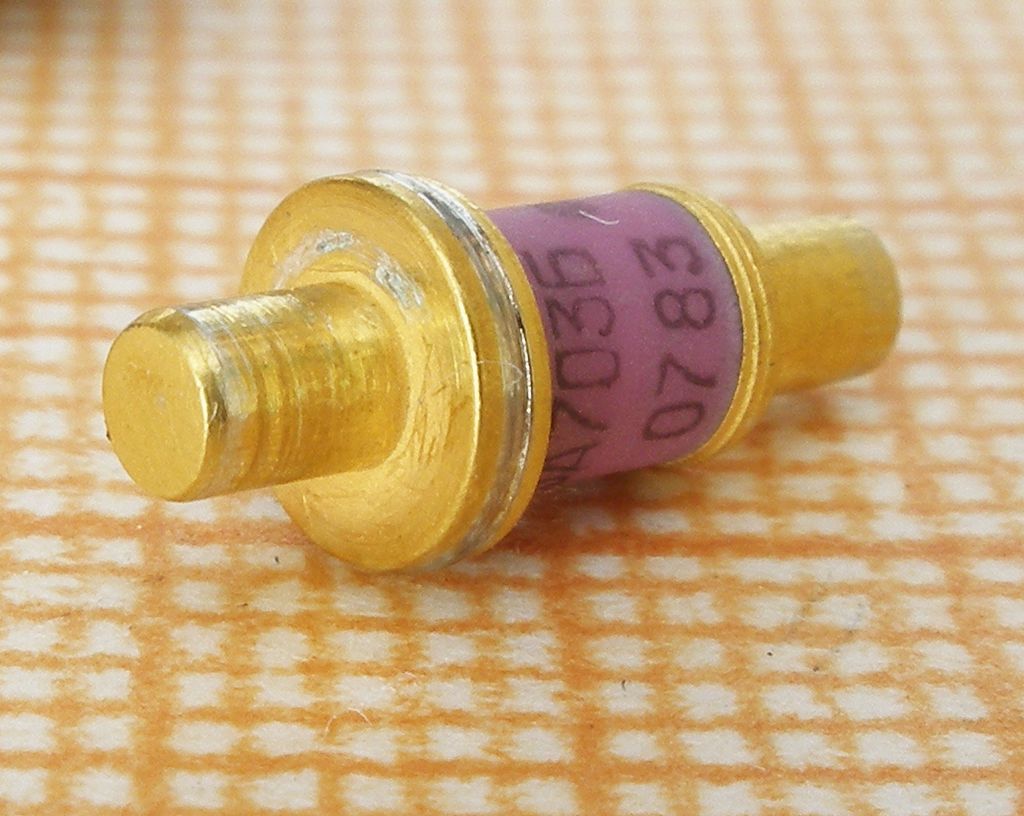DIODES: Different types of Special Diodes, applications and operations
Knowing more the basic electronic devices which are used since now and then.
One of the basic electronic device which have greatly cultivated in the world of electronics is the DIODE.
Before we move on to the discussion about diode, we will consider first these following objectives in order to guide you in understanding this article.
OBJECTIVES
❖ To familiarize the construction and evolution of a diode.
❖ To know the different kinds of special diodes.
❖ To analyze the operations of special diodes and its application.
What is a Diode?
A diode is a semiconductor device with two terminals. It is use to control the direction of current in an electronic circuits. It is a bidirectional and nonlinear device which can either pass or block current, formed by merging P and N type materials. The negative side of this component is the kathode while the positive side known to as the anode
When we say bidirectional, it means to move or take place in two usual directions. It is also nonlinear due to its operation, unlike the other devices that follows a linear curve, diodes operates once it reaches its threshold voltage. Threshold voltage is the desired value to operate a diode.
Note : silicon diode's threshold voltage = 0.7V
germanium diode's threshold voltage = 0.3V
Construction of a Diode.
The boundary of the merged P and N type materials is called PN Junction. The PN Junction is also referred to as the depletion region, the region in the diode that separates the P and N type. It is a dielectric material.
Biasing the Diode
➣ Forward Bias
The holes from the P material will diffuse to the N material and thus hole current flows. The electrons from the N material will diffuse to the P material and thus electron flows. In this bias, the flow of current is said to be the forward current. The forward current flows proportionally with the forward voltage for as long as the threshold voltage is reached.
➣ Reverse Bias
The electrons from the N-type materials will be attracted by the positive potential at the cathode. The holes from the P-type will be attracted by the negative potential at the anode. The depletion region widens with the increase in reverse voltage, thus, turning the device off. However, there is a flow of minority carriers called as the LEAKAGE CURRENT.
To elaborate more how to perform the two types of biasing technique, click the video inserted.
Diode Models and Approximation
❶ Ideal Diode Model
This is the first approximation of a diode. In this model, the diode acts as a Switch. When it is in a forward bias, the diode is On and when it is reverse bias, the diode is Off. This is usually applied in troubleshooting purposes.
❷ Real Diode Model
This is the second approximation of a diode. In this model, the diode is treated as a Switch with a barrier potential. This is also called as the practical diode model and usually applied in circuit analysis.
❸ Piecewise Linear Model
This is the third approximation which is referred to as a Complete diode model. In this model, the diode is treated as a Switch with a barrier potential and an internal resistance. This is applied i doing circuit designing.
Different types of Special Diodes
Special Diodes are also a kind of diodes which differs interms of operation. These are the following list of special diodes.
► Zener Diode
► Tunnel Diode
► Schottky Diode
► Pin Diode
► Varactor Diode
► Light Emitting Diode
► Photodiode
► Laser Diode
► Step Recovery Diode
► Point Contact Diode
► Thyrector
► Gunn Diode
Ⓐ Zener Diode
These are diodes that are designed to operate in the breakdown region. It has a constant voltage at the breakdown region. It was first developed by Dr. Carl Zener. It is use in voltage regulator of a power supply.
At forward bias, the zener diode has identical characteristics with an ordinary diode. At reverse bias, it enables current flow at reverse breakdown potential known as the Zener Breakdown.
Ⓑ Tunnel Diode
It is a heavily doped diode with negative resistance region. It has a very thin depletion region for the electron to easily tunnel through it. This special diode was developed by Dr. Leo Esaki that is why it is also called as ESAKI DIODE.
The tunnel diode possesses the negative resistance region. It is a unique characteristic wherein a rise in voltage will result to a drop in current. Thus, defying Ohm's Law. This characteristic enables the tunnel diode to be used in oscillator circuits.
Ⓒ Schottky Diode
It is also a kind of special diode which has a rectifying metal semiconductor junction. The P-region is substituted by a metallic component so as to improve its conductivity. The current flow of this diode is not accompanied by hole movement only electrons. It is also called as *HOT SURFACE DIODE or SURFACE BARRIER DIODE
Ⓓ Pin Diode
It has an intrinsic material in between the P and N type materials. The intrinsic material offers impedance at microwave frequencies controllable by a DC bias. It is commonly used for high speed switching such as microwave switch.
Ⓔ Varactor Diode
It is use to make change in capacitance of the reversed biased junction. The capacitance varies as a function of the applied reverse voltage. It is also called as VARICAP or EPICAP. These are mostly used in tuning circuits.
Ⓕ Light Emitting Diode
It is the most common type of special diodes which illuminates once forward biased. Light is produced as the electron and hole recombines and release energy. This process is called as electroluminescence. The visible particles of light as emitted from the LED are known as photons. The compound element mostly used as its construction is Gallium Arsenide Phosphide. LED'S are usually used in power display indicators, level indicators, status indicators, street lamps, TV's and etc.
Ⓖ Photodiode
It is a semiconductor diode whose resistance decreases as light intensity striking into its opening increases. The increase in reverse current is due to the increase in the number of free electrons. It is mostly applied in remote control systems and sensor systems.
OPERATION
- As the light intensity hits the PN Junction, it will dislodge the recombined holes and electrons. As the light intensity increases, more electrons will become free. Thus, results into more reverse current.
- In the absence of light, a small leakage current flows known to as the dark current.
Ⓗ Laser Diode
It is a special diode which emits a coherent and monochromatic light due to LASING. Laser stands for Light Amplification with Simulated Emission of Radiation. The first laser was the RUBY LASER invented by Dr. Theodore Maiman in 1958.
OPERATION
- Once forward biased, the holes and electrons recombine at the depletion region. This collision of carriers will result into the release of energy which in turn induce energy to the nearby atoms. This process is cascaded to the highest level and is known as snowball effect or avalanche effect. The energy cannot escape since the rear and side parts of the diode are made of reflective surfaces. So, the intense beam of light will burst out through the opening at the depletion region which known as the orifice.
Ⓘ Step Recovery Diode
It is the fastest diode in terms of switching. In its construction, it has a variable doping level. It is the most heavily doped at the junction and such is reduced toward the terminal.
Ⓙ Point Contact Diode
A semiconductor diode having a fine wire whose point is permanent contact with the surface of a water of a semiconductor material. The fine wire is also called as cat whisker. This is mostly used in microwave application such as signal mixing and detection.
Ⓚ Thyrector
A silicon diode exhibiting very high resistance up to a certain voltage beyond which the device switches to a low conducting state. It is formed by connecting 2 Zener diodes back to back joining the cathodes. It is used to suppress voltage surges and transients.
Ⓛ Gunn Diode
It is a diode which has a negative resistance region that depends on a specific form of quantum mechanical band structure. It exhibits Gunn effect. It consists the appearance of RF current oscillations in a DC slab of n-type gallium arsenide. It is mostly used as microwave oscillator.
Tabulation of summary for the different types of Special Diodes
| Types of Special Diodes | Symbols | Application |
|---|---|---|
| 1 Zener diode |  Image Credit Image Credit | Voltage regulator in power supplies |
| 2 Tunnel Diode |  Image Credit Image Credit | Oscillator Circuits |
| 3 Schottky Diode |  Image Credit Image Credit | High Speed Switching |
| 4 Pin Diode |  Image Credit Image Credit | Microwave Switch |
| 5 Varactor Diode | 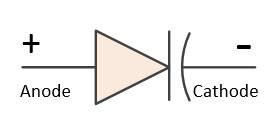 Image Credit Image Credit | Tuning circuits |
| 6 Light elEmitting Diode | 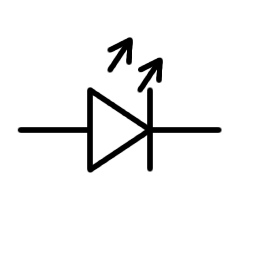 Image Credit Image Credit | Indicators, TV application and Lamps |
| 7 Photodiode |  Image Credit Image Credit | Sensor system |
| 8 Laser Diode | 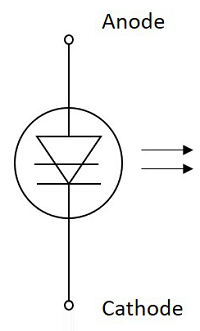 Image Credit Image Credit | Theraphies & Medical Operations |
| 9 Step Recovery Diode |  Image Credit Image Credit | Microwave Switching |
| 10 Point Contact Diode | 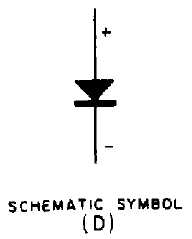 Image Credit Image Credit | Signal Mixing and Detection |
| 11 Thyrector |  Image Credit Image Credit | Voltage surges and Transients |
| 12 Gunn Diode | 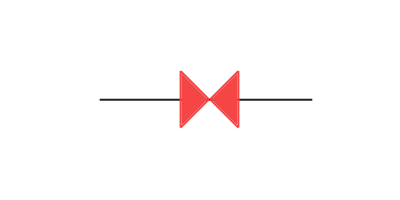 Image Credit Image Credit | Microwave Oscillator |
Those are just some of the information involving diodes as a basic components of electronics world. I hope you have gain even a simple knowledge upon reading my blog.
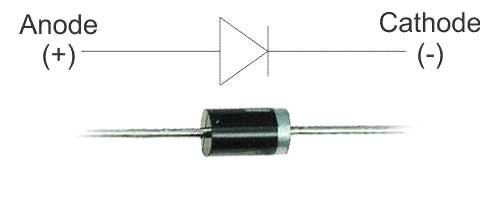
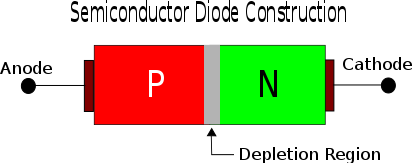
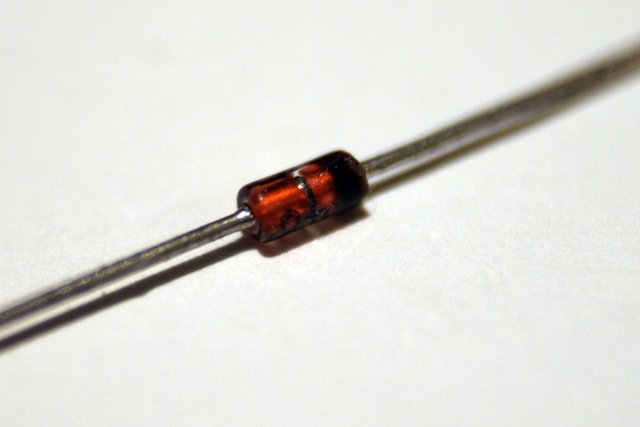
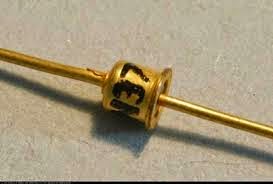



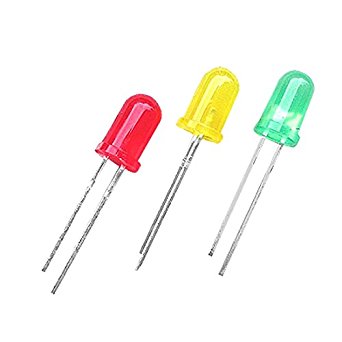
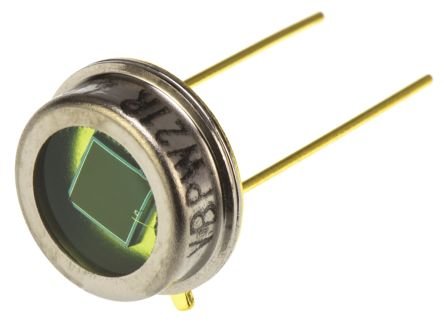
.jpg)
